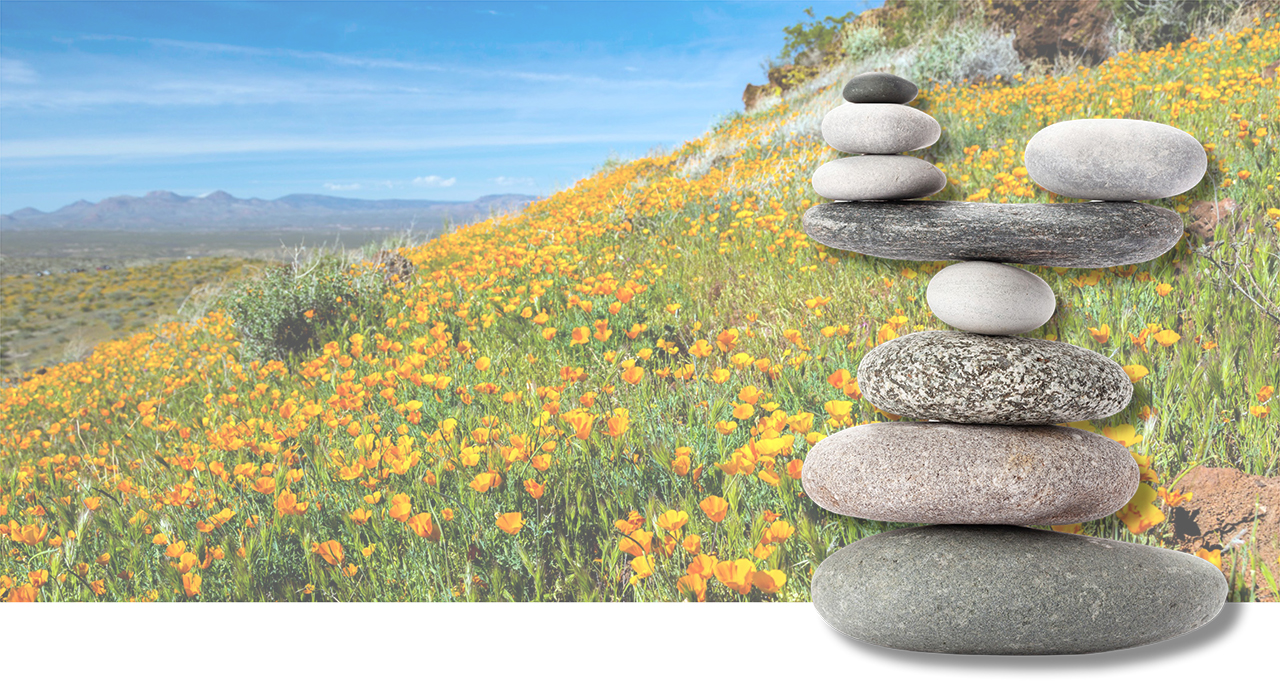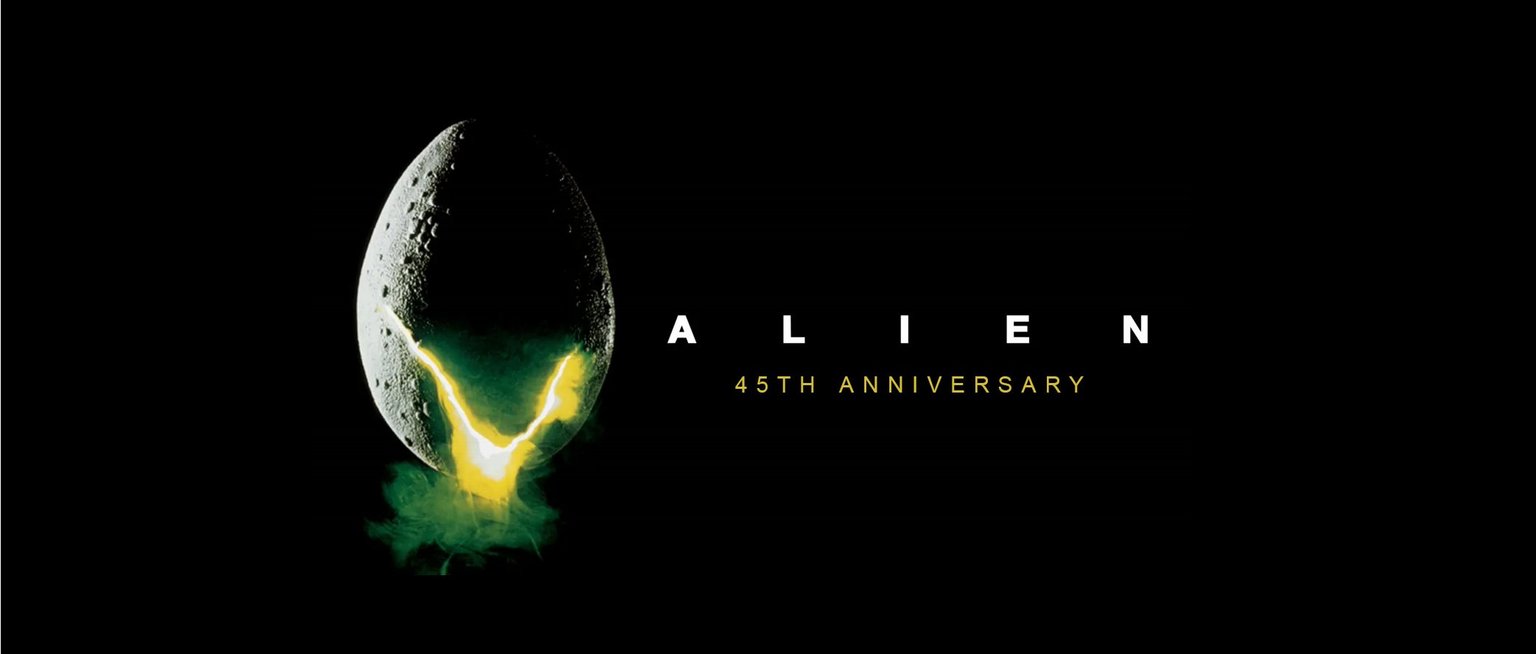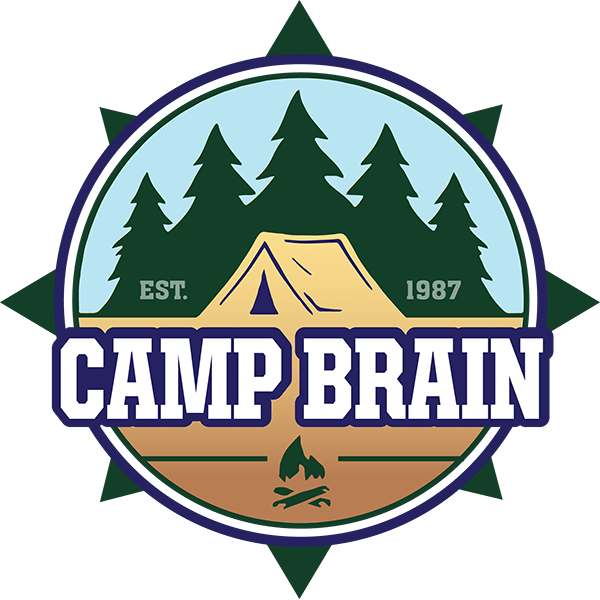From Being on the Road to Being on the Mend:
One Stroke Survivor’s Message Of Positivity
…thanks to an aggressive regimen of inpatient and outpatient Speech, Occupational, and Physical therapy, John has developed constructive insights. “I’m fortunate I started rehabbing early. I wanted to work hard, but what I realized is that many people who love you want to help don’t know how.”
From Being on the Road to Being on the Mend:
One Stroke Survivor’s Message Of Positivity
When you go a million miles per hour your entire life, a stroke can be devastating. Not only do you have to slow down, but you have to learn a new normal. This can break your spirit.
Or, if you’re John Jaworski, you do the lemonade thing and make this a new lease on life… with a new normal.
The year 2020 has brought more than its share of bad luck and misery. This is particularly true for John; on January 19, he suffered a hemorrhagic stroke. Like many, he didn’t realize it at first, but when several people he had been speaking with told him he wasn’t making any sense – “I don’t know what you’re talking about!” – he asked his sister to drive him to the hospital.
He then called his manager Savana Bertrand to explain the problems he was having. She told him, “John, it seems like you may have a stroke. I’ll call an ambulance and stay on the phone with you until we get to the hospital.”
He is grateful her assessment was correct and believes she saved his life.
“I had no memory of the drive or the coma. In fact, I don’t remember much about being in the hospital until the end of March,” says John. “The right side of my body was paralyzed, I couldn’t speak, and all that I kept thinking about was what I could do to make this a more spiritual world.”
…thanks to an aggressive regimen of inpatient and outpatient Speech, Occupational, and Physical therapy, John has developed constructive insights. “I’m fortunate I started rehabbing early. I wanted to work hard, but what I realized is that many people who love you want to help don’t know how.”
It was the latest in a string of afflictions throughout his life. As a 6-year-old, he was the youngest person to have phlebitis and spent more than a year in a wheelchair. At 20, he contracted rheumatoid arthritis, riddling his entire body with pain, requiring replacement of his knee and right hip. When he was 30, he was diagnosed with diabetes, instilling in him a lifetime of work to stay healthy. And at 57, he had a stroke in his left eye, robbing him of its vision.
Nevertheless, he continued undaunted because that’s just how John rolls. From his early days traveling the world as a roadie for rock bands to being a tour manager and theatrical lighting designer for many other acts. The hardest part for him was having to keep things on track, even when he couldn’t tell others of his pain, for fear of losing gigs.
But this stroke was something else. For the first three weeks, the 60-year-old native of San Antonio couldn’t stop crying. Because of the brain bleed, he had trouble connecting his thoughts and communicating with others. Worse, he didn’t know what to do and was frustrated by his lack of progress.
However, thanks to an aggressive regimen of inpatient and outpatient Speech, Occupational, and Physical therapy, John has developed constructive insights. “I’m fortunate I started rehabbing early. I wanted to work hard, but what I realized is that many people who love you want to help don’t know how.”
Even though he now relies on a cane and electric wheelchair to get around, his new purpose is to foster positivity, hope and encouragement to fellow stroke survivors.
He advises family members and caregivers to “be patient and don’t be afraid to talk about anything. It takes a while, but it takes work. Start early. Work with them. Don’t feel sorry for them. Instead, be very factual, but nice about it. All I needed to hear was, ‘John, it’s hard, but it’ll take work and we’ll get through this.’”
In addition to attending Brain Injury Alliance of Arizona support groups and educational classes, John is laying out his idea for a book to help stroke survivors. It’s 365 pages, one for each day of the year; each page features a prompt to promote happiness, especially important for survivors not feeling it that day. “It’s all about rewiring your thinking. On those days you’re down, this can turn it around by focusing on something that brings a smile to your brain.
“None of us know what tomorrow may bring. All I want to do is share my journey and help others realize there’s no better time to enjoy life than today.”
ABOUT BRAIN INJURY ALLIANCE OF ARIZONA
The Brain Injury Alliance of Arizona (BIAAZ) is the only statewide nonprofit organization dedicated to improving the lives of adults and children with all types of brain injuries through prevention, advocacy, awareness and education. BIAAZ also houses the Arizona Brain Health Resource Center, a collection of educational information and neuro-specific resources for brain injury survivors, caregivers, family members and professionals.
What began in 1983 as a grassroots effort has grown into a strong statewide presence, providing valuable life-long resources and community support for individuals with all types of brain trauma at no charge.
The Brain Injury Alliance of Arizona:
- Works with Congressional Brain Injury Task Force
- Houses Arizona Brain Health Resource Center
- Hosts Statewide Opioid Use Disorder & Cognitive Impairment Workgroup
- Has Statewide Opioid Use Disorder & Cognitive Impairment Response team with peer support, training, and family wraparound services
- Facilitates Brain Health Advisory Council
- Manages statewide Neuro Info-Line: 888-500-9165







